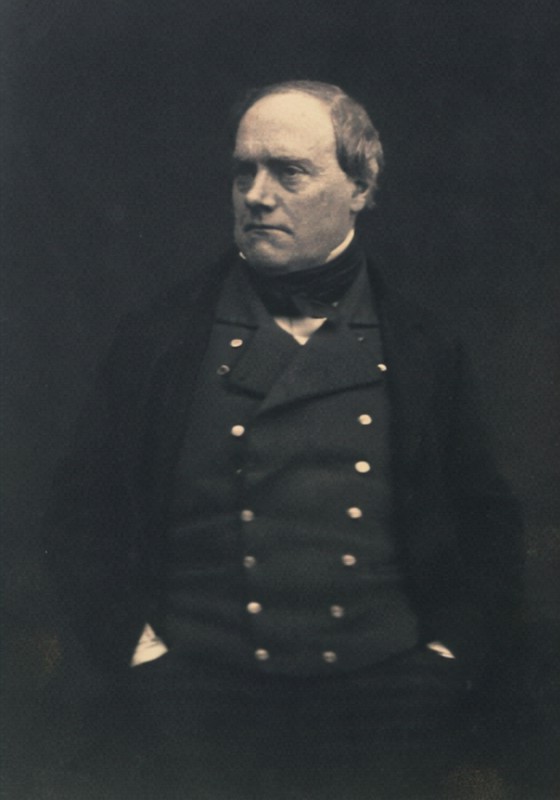ANTOINE-LOUIS BARYE
French, 1795-1875 Born in Paris on September 24th 1796, the son of a jeweler and originally trained as a goldsmith, Antoine-Louis Barye is one of the most famous sculptors of animal subjects. He is also acclaimed as the founder of the French Animaliers School. His work is almost exclusively studies of wild animals but he also produced equestrian groups and mythological figures. At the age of sixteen, Barye was conscripted to the map department during Napoleon’s last military venture. When he left the military, he studied with the Italian sculptor Bozio and the painter Gros. Having become obsessed with wild animals, he gained entry to the Ecole des Beaux-Arts and took up the romantic-style subject matter of violent and majestic animals. His first entry to the Paris Salon, The Milo of Croton, won second prize in 1819. In 1832, he established his own studio. Among his patrons were representatives of the state government and royalty including the Duke of Orleans and the Dukes of Luynes, Montpensier and Nemours. Well compensated financially, he was able to buy the best of materials and hire the country’s most skilled foundry craftsmen. The period from 1837-1848 is considered by most to be the zenith of Barye’s career; however, he did not make a lot of money from his work because he was such a perfectionist that often he would not sell his work as he considered it imperfect. In 1848 he declared bankruptcy, and his molds and plaster casts were sold along with the copyrights to pay his debts. After his bankruptcy he was appointed the keeper of plaster casts at the Louvre. In 1854, he was appointed Master of Zoological Drawing in the Musee d’Histoire Naturelle, and held this position until his death in 1875. There one of his pupils was Auguste Rodin. In 1855, he won the grand gold medal of honor at the Exposition Universalle and was made an officer of the Legion d’Honneur. By 1857, Bayre had recovered financially and resumed control of his casts and models. Although he continued with his former subject matter, the many state commissions he received took most of his creative energy. When Louis Napoleon, who would soon make himself Emperor Napoleon III, was elected to power, France bought Barye’s “Tiger Eating a Crocodile” and he received an imperial commission to produce four allegorical groups for the Louvre and a bas-relief of Napoleon III on horseback. His work as a sculptor ended in 1875 when he was 79. Today, most of Barye’s plasters and models are the property of the Louvre.
Born in Paris on September 24th 1796, the son of a jeweler and originally trained as a goldsmith, Antoine-Louis Barye is one of the most famous sculptors of animal subjects. He is also acclaimed as the founder of the French Animaliers School. His work is almost exclusively studies of wild animals but he also produced equestrian groups and mythological figures. At the age of sixteen, Barye was conscripted to the map department during Napoleon’s last military venture. When he left the military, he studied with the Italian sculptor Bozio and the painter Gros. Having become obsessed with wild animals, he gained entry to the Ecole des Beaux-Arts and took up the romantic-style subject matter of violent and majestic animals. His first entry to the Paris Salon, The Milo of Croton, won second prize in 1819. In 1832, he established his own studio. Among his patrons were representatives of the state government and royalty including the Duke of Orleans and the Dukes of Luynes, Montpensier and Nemours. Well compensated financially, he was able to buy the best of materials and hire the country’s most skilled foundry craftsmen. The period from 1837-1848 is considered by most to be the zenith of Barye’s career; however, he did not make a lot of money from his work because he was such a perfectionist that often he would not sell his work as he considered it imperfect. In 1848 he declared bankruptcy, and his molds and plaster casts were sold along with the copyrights to pay his debts. After his bankruptcy he was appointed the keeper of plaster casts at the Louvre. In 1854, he was appointed Master of Zoological Drawing in the Musee d’Histoire Naturelle, and held this position until his death in 1875. There one of his pupils was Auguste Rodin. In 1855, he won the grand gold medal of honor at the Exposition Universalle and was made an officer of the Legion d’Honneur. By 1857, Bayre had recovered financially and resumed control of his casts and models. Although he continued with his former subject matter, the many state commissions he received took most of his creative energy. When Louis Napoleon, who would soon make himself Emperor Napoleon III, was elected to power, France bought Barye’s “Tiger Eating a Crocodile” and he received an imperial commission to produce four allegorical groups for the Louvre and a bas-relief of Napoleon III on horseback. His work as a sculptor ended in 1875 when he was 79. Today, most of Barye’s plasters and models are the property of the Louvre.
